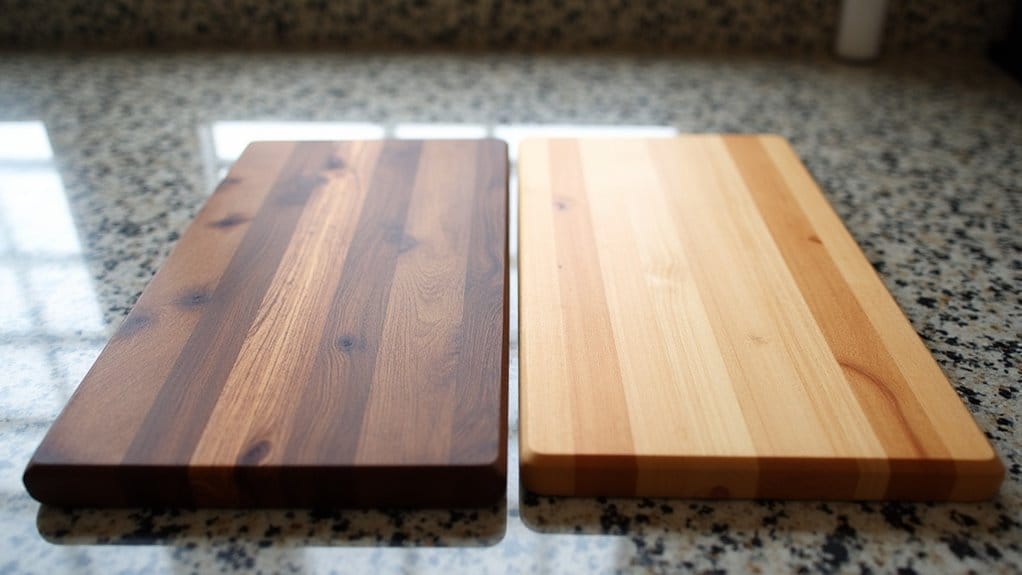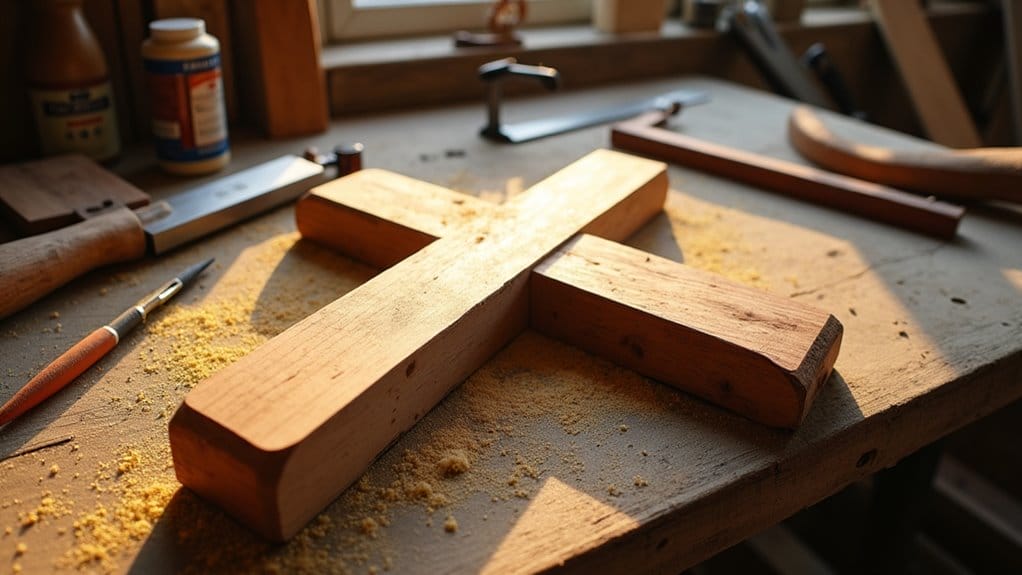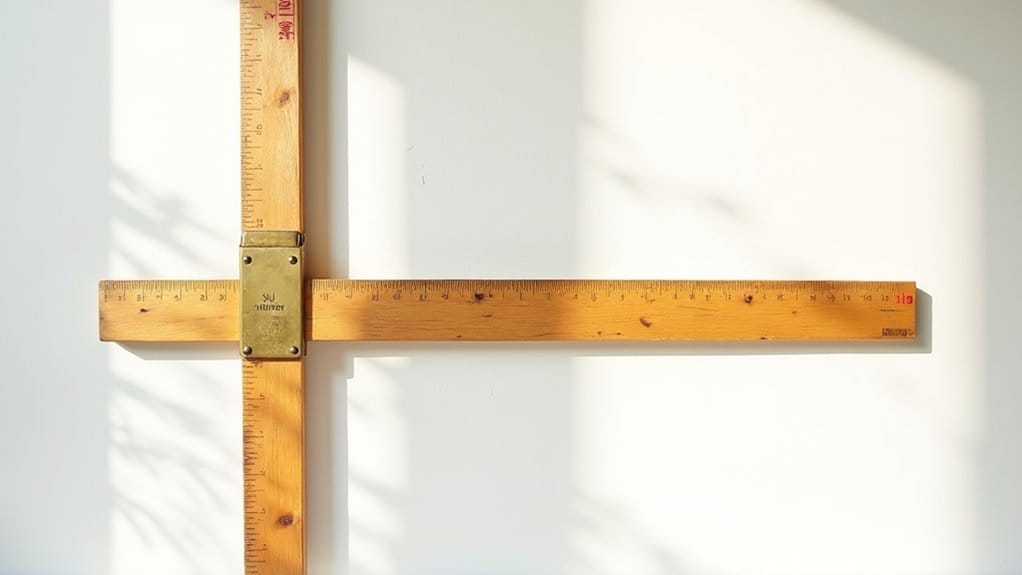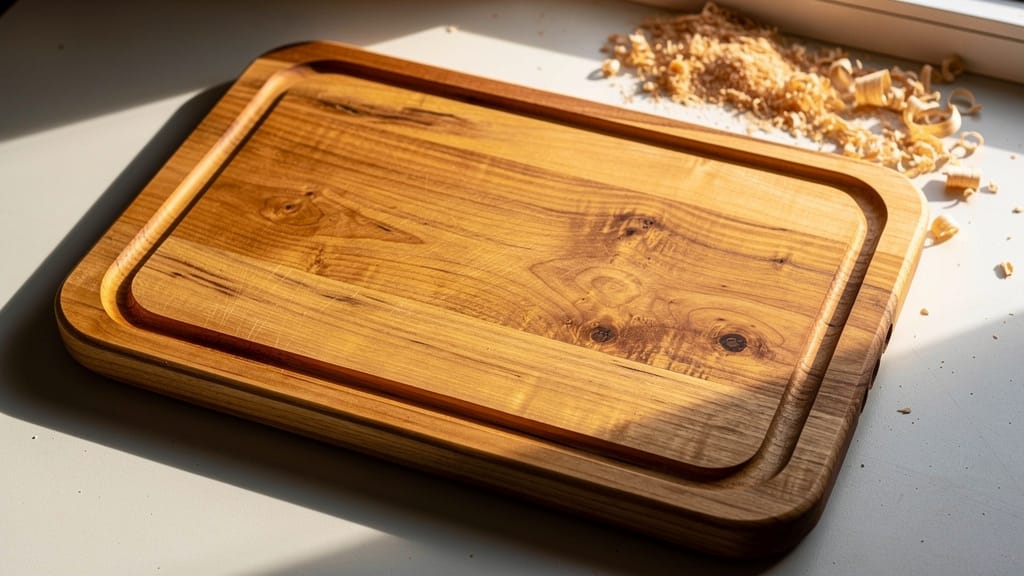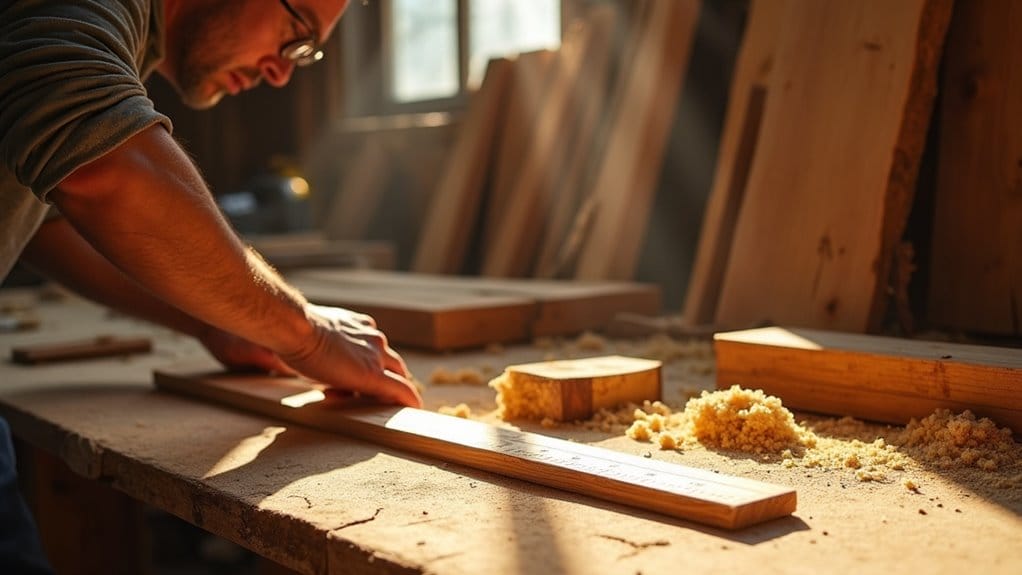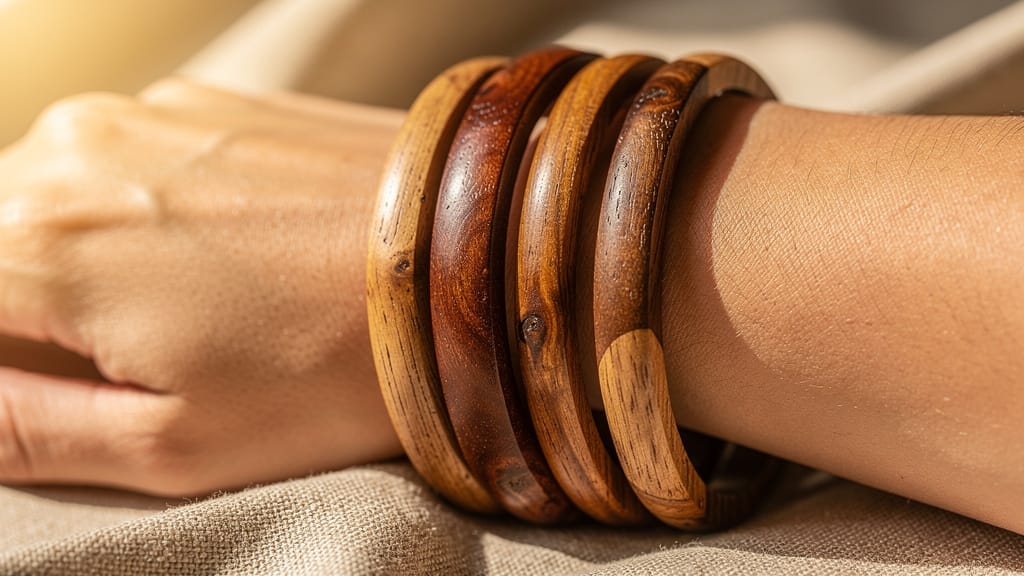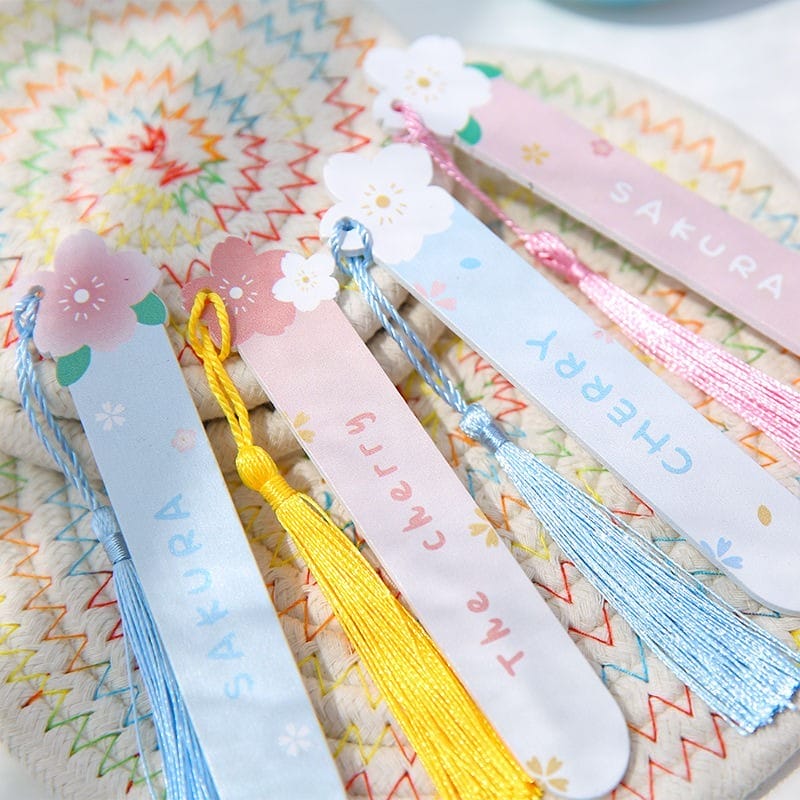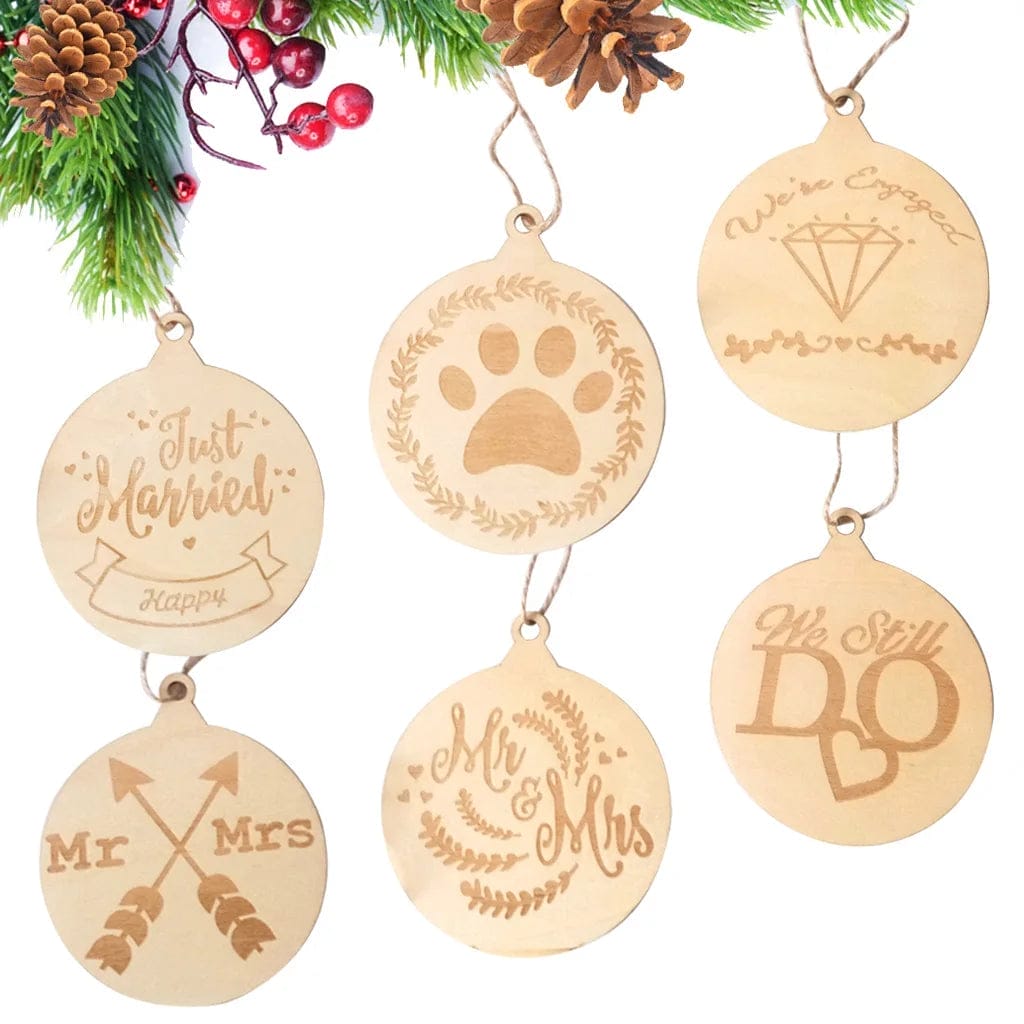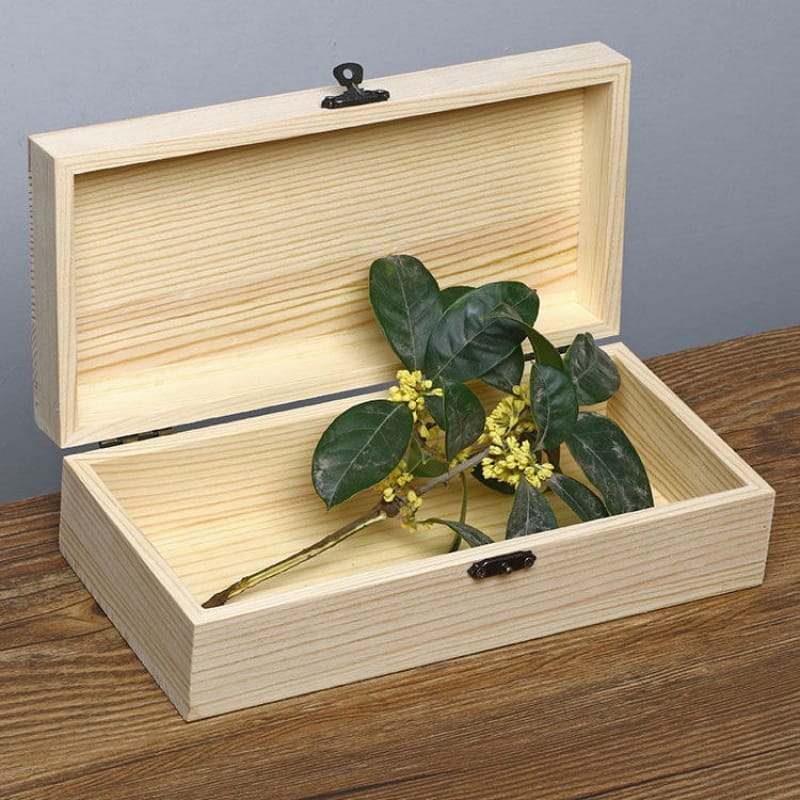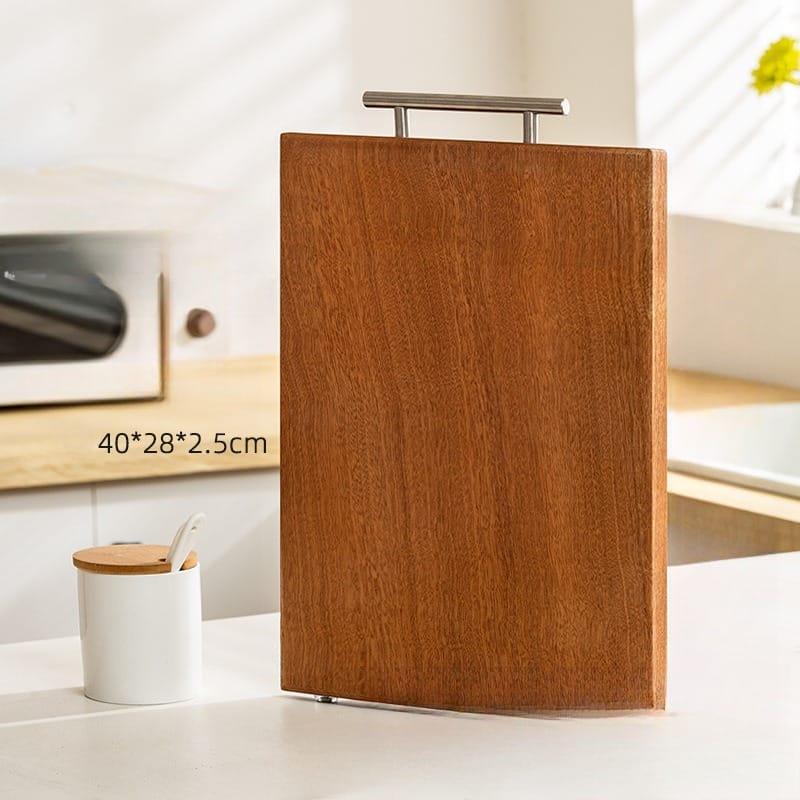If you’re in the market for a new cutting board, you’ve probably noticed acacia wood among the options. Is acacia wood good for cutting boards in your kitchen? There are numerous claims about its durability and natural beauty. But you may wonder if it’s worth the investment.
As a hardwood that has gained popularity in recent years, acacia offers several compelling advantages over traditional materials like maple or bamboo. Let’s explore what makes this tropical wood either an excellent choice or a potential mistake for your kitchen.
Key Takeaways
- Acacia wood’s natural hardness and dense grain pattern make it highly resistant to knife marks and daily wear and tear.
- With proper oil maintenance every 30 days, acacia cutting boards can last over a decade without warping or cracking.
- The natural antibacterial properties and moisture resistance of acacia boards make them a safe and hygienic choice for food preparation.
- Acacia’s balanced relationship with knife edges helps maintain blade sharpness while providing a durable cutting surface.
- Acacia offers premium cutting board features at a lower price point compared to traditional options like hard maple or walnut.
The Natural Properties of Acacia Wood
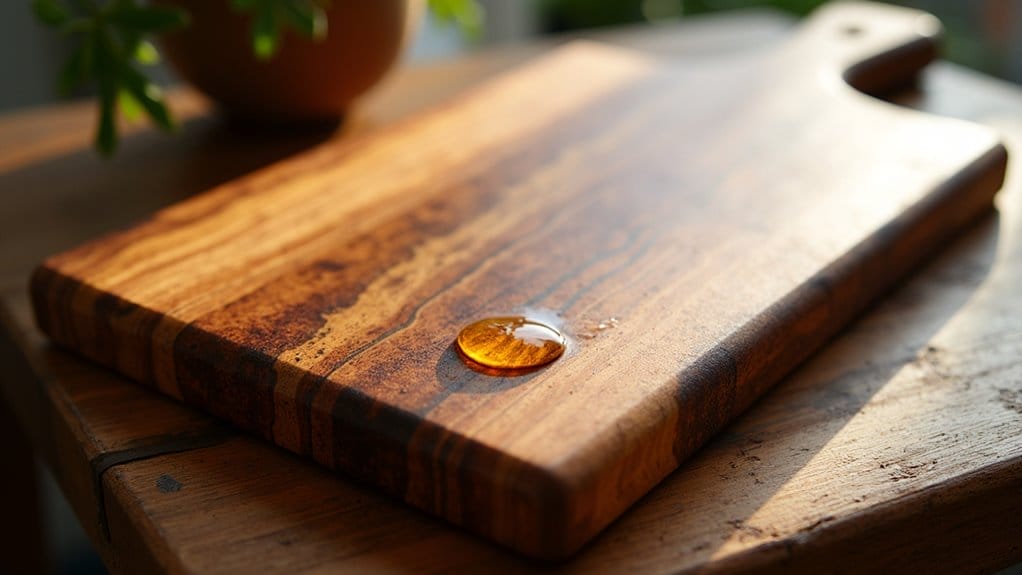
When you examine acacia wooden cutting boards, you’ll notice their remarkable hardness and tight grain patterns. They resist knife marks better than many traditional cutting board materials.
The wood’s natural oils boost its water resistance. This helps protect your board from warping and extends its lifespan.
These features make it a popular choice for cutting boards that are both functional and visually appealing.
Hardness and Durability Level
A standout feature of acacia wood is its impressive hardness rating of 1,500 on the Janka scale. This surpasses both maple and oak in durability.
This exceptional hardness provides superior resistance to scratches and dents in your cutting board.
The wood’s high silica content and dense cellular structure work together to enhance its durability. It can prevent deep knife gouges and maintain its pristine appearance even with daily home cooking.
When you choose an acacia cutting board, you’re getting a product that won’t easily warp or crack.
Natural Oil Content
Acacia wood’s natural oil content sets it apart as an excellent cutting board material. These inherent oils provide remarkable water resistance. They protect your board from warping and cracking during regular use.
The oils also offer antibacterial properties. They help keep your cutting surface clean and safe for food.
What’s even better is that acacia’s natural oils contribute to its overall durability while requiring less maintenance than other hardwoods.
The dense wood structure, combined with these oils, prevents moisture absorption and fights off mold and mildew. This ensures your cutting board remains in top condition for years to come.
Water-Resistant Characteristics
Thanks to its remarkable cellular structure, acacia wood stands out as one of the most water-resistant hardwoods for cutting boards.
Its natural oils prevent moisture from seeping into the wood and causing damage. The wood’s dense composition and low porosity mean liquids stay on the surface rather than penetrating deep inside.
These water-resistant characteristics make your acacia board easier to maintain. It requires less frequent oiling than other types of wood.
Plus, its antibacterial properties help keep your board hygienic even when wet. This is unlike bamboo boards, which can weaken with moisture exposure.
Grain Pattern and Color
Acacia’s striking appearance also sets it apart in the world of cutting boards. The wood’s distinctive grain pattern features wavy, irregular arrangements that create visual interest.
The natural color palette ranges from light blonde to rich brown, often highlighted by darker streaks that add depth and character.
What makes this beauty even more appealing is how it pairs with durability. The tight, interlocking grain structure not only looks good, but it also performs well. It resists cuts and scratches, ensuring your board maintains its aesthetic appeal even with regular use.
Durability and Maintenance Requirements

Since acacia wood ranks high in durability among wood board materials, you’ll find it exceptionally resistant to daily wear and tear.
Its natural hardness prevents scratches and dents. And its antibacterial properties make it safer for food preparation.
To maintain the longevity of your acacia board, apply food-grade mineral oil every 30 days.
Regular application of food-grade mineral oil keeps your acacia cutting board in peak condition, protecting its natural beauty and extending its lifespan.
This simple maintenance routine prevents drying, cracking, and warping. Meanwhile, it enhances the board’s natural resistance to liquid absorption.
With proper care, your acacia board won’t easily stain and can serve you well for over a decade. This makes it a practical investment for your kitchen.
Impact on Kitchen Knives and Cutting Performance

Your kitchen knives will find a balanced relationship with acacia chopping boards. This is thanks to the wood’s natural oils and smooth surface that help maintain blade sharpness.
The end grain cutting boards offer even better knife-friendliness. They allow your blade to slip between wood fibers instead of chopping against them.
Acacia’s density and silica content can require more frequent knife sharpening. But you’ll notice less scarring and wear on your cutting board’s surface over time.
Knife Edge Retention
Kitchen knife enthusiasts will appreciate acacia’s balanced approach to edge retention. The wood’s higher silica content means you’ll need to sharpen your knives more frequently than with maple boards. But acacia’s dense structure provides a durable cutting surface that helps protect your blades from excessive damage.
You’ll get the best knife edge retention by choosing an end-grain acacia board. It allows your blade to slide between wood fibers rather than cutting across them.
Keep your board well-oiled to prevent cracking that could harm your knives. And you’ll find that acacia offers reliable performance for your everyday cutting needs.
Surface Impact on Blades
The surface characteristics of acacia create a balanced interaction with knife blades.
While the wood’s high density and silica content can initially feel tough on your knives, the end-grain construction of acacia cutting boards helps minimize blade damage by allowing your knife to slide between wood fibers.
These boards are gentler on knife blades compared to plastic boards, especially with proper maintenance.
Regular oiling enhances the surface’s protective qualities. Many users report that their knives stay sharper for longer.
The natural properties of acacia create an ideal cutting surface that balances durability with blade preservation.
Health and Safety Considerations

When considering the health aspects of cutting boards, acacia wood stands out as a naturally safe choice. Its natural antibacterial properties help prevent bacterial growth on the surface. Its dense structure minimizes the absorption of food particles and moisture that could lead to cross-contamination.
Acacia wood doesn’t leach harmful chemicals like some plastic cutting boards.
To maintain these safety benefits, treat your board regularly with food-safe mineral oil. This practice prevents cracking and warping. It ensures your board remains a hygienic food prep surface.
With proper care, you won’t need to worry about deep grooves developing that could harbor harmful bacteria.
Cost and Value Comparison

Making a smart investment in your kitchen tools doesn’t mean breaking the bank. Acacia wood cutting boards prove this point perfectly.
These cost-effective alternatives are priced markedly lower than traditional hardwoods like maple, oak, or walnut. They often exceed $100.
What makes acacia wood boards such great value for money is their ability to match the durability and performance of pricier options.
Thanks to acacia’s abundant supply and rapid growth, manufacturers can offer these boards at more accessible prices.
You’ll even get premium features like juice grooves and end grain construction without the premium price tag.
| Wood Type | Typical Price Range (USD) | Notes |
|---|---|---|
| Acacia Wood | $30 – $70 | Cost-effective, abundant supply, rapid growth |
| Maple Wood | $50 – $120 | Traditional hardwood, often more expensive |
| Oak Wood | $60 – $130 | Durable, commonly priced higher than acacia |
| Walnut Wood | $80 – $150+ | Premium hardwood, usually the most expensive |
| Teak Wood | $90 – $160+ | Highly durable, weather-resistant, premium price |
Final Words: Is Acacia Wood Good for Cutting Boards?
Acacia wood cutting boards for your kitchen are an excellent investment. They’re naturally durable, resist bacterial growth, and won’t dull your knives quickly. With proper care, your acacia board will serve you well for many years.
At a competitive price point and offering both functionality and beauty, it’s a smart choice that combines practicality with aesthetic appeal.
We offer a wide range of wooden cutting boards, available for bulk buying and customized orders. Contact us for more information.
FAQs
Which Is a Better Cutting Board, Bamboo or Acacia Wood?
Acacia wood cutting boards are superior to bamboo. They’re more durable, gentler on your knives, and naturally antibacterial. Plus, they’re water-resistant and will last longer with proper care.
What Is the Best Wood for Cutting Boards?
Maple, walnut, and cherry are your best options for cutting boards. They’re hard, durable, and resist bacteria. If you want end-grain construction, maple’s your top choice for superior knife protection.
Can I Use Acacia Wood as a Cutting Board?
Yes, you can use acacia wood for your cutting board. It’s naturally durable, antibacterial, and water-resistant. You’ll love its beautiful grain patterns. It’ll last a long time with just minimal maintenance, such as occasional oiling.
Is Walnut or Acacia Better for Cutting Boards?
Both woods are excellent choices, but your needs matter. If you’re budget-conscious and want durability, choose acacia. If you’re after premium aesthetics and don’t mind extra maintenance, walnut’s your best bet.






